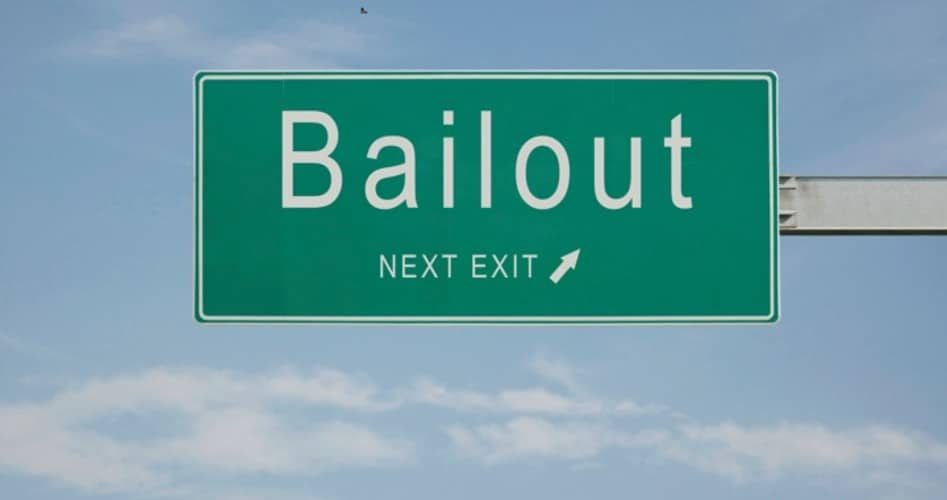
The sprawling spending bill just passed by the House and about to be passed by the Senate includes a door that opens Pandora’s Box: the American Miners Act. When signed by the president (who has already said he would sign it in keeping with a campaign promise), the law would immediately transfer $750 million from the Abandoned Mine Reclamation Fund to the pension plan run by the United Mine Workers of America (UMWA). In addition, the language of the bill provides that “the Secretary of the Treasury shall transfer an additional amount … to pay benefits under that plan.”
For years, members of the UMWA have been pressuring Congress to bail out their pension plan which, if left alone, will run out of money in less than three years. In 2018, the plan had 95,990 participants, only 3,486 of whom were paying into the plan while the remainder, 92,504, were receiving benefits. Put another way, fewer than four out of 100 participants in the plan are paying into it, while the rest are getting checks from it. That’s equivalent to $5.50 in benefits being paid out for every $1 being paid in.
In her testimony before Congress in July, Rachel Greszler, a research fellow at the Heritage Foundation, explained what happens if the UMWA pension plan runs out of money: “When the UMWA pension plan runs out of money to pay [its] promised benefits, the plan will receive financial assistance from the Pension Benefit Guaranty Corporation’s multiemployer pension program.” The PBGC is a government entity established in 1974 to provide a “backstop” against private pension plan shortfalls. At present, the PBGC receives no taxpayer funds but is supported by premiums paid into it by the plans it insures.
But when the Central States Teamsters pension plan goes broke in 2025, it will break the PBGC. As Greszler testified: “With the UMWA and other multiemployer pension plans such as the Central States Teamsters becoming insolvent between 2022 and 2025, the significant increase in claims on the PGBC … will cause it … to become insolvent in 2025.”
With passage of the spending bill containing the bailout of the UMWA pension plan, a door will have been opened that cannot be closed. Said Greszler, “While fairness dictates that Congress should not provide … benefits to one group of retired coal miners and exclude others, this demonstrates the problem with opening up the door to any kind of bailout because rarely is there an end in sight.”
The UMWA pension plan is only one of nearly 1,400 multiemployer pension plans across the country that have promised more than they can pay. The American Legislative Exchange Council (ALEC) calculated the shortfall last March: “Unfunded liabilities of state-administered pension plans … now total over $5.96 trillion. The average state pension plan is funded at a mere 35 percent.” Add in the $638 billion in private union pension plan shortfalls and the total is staggering. Wrote Greszler, “The price tag could reach $52,000 for every household in the U.S.”
In her testimony before Congress, Greszler said that one bailout begets another, and then another: “Bailouts reward reckless behavior and encourage more of it.”
The one group not protected from mismanaged pension plans is the U.S. taxpayer. Said Greszler: “Taxpayers had nothing to do with the broken promises made by union pension plans, and they should not be forced to pay for them … they should not … have to pay for the retirement of whomever Congress deems worthy of a taxpayer bailout.”
An Ivy League graduate and former investment advisor, Bob is a regular contributor to The New American, writing primarily on economics and politics. He can be reached at [email protected].

